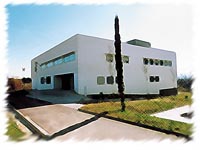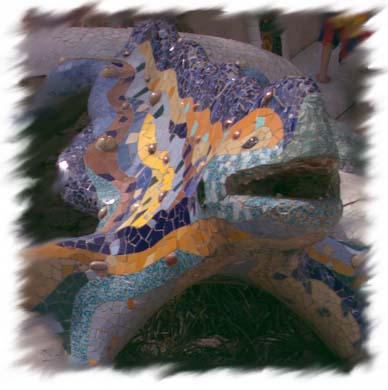Main characteristics of the Barcelona database
We expect this database to grow in time as we keep adding new (and hopefully better) calibrated pictures. There might also be improvements in the methods in the future and we might replace our images with better ones. However, the core of this database is a group of images collected during the Summer of 2008 around the Barcelona area. You may recognise some well known touristic sites. We did not have any purpose in mind when we started collecting the first images, which are mostly samples of quite random scenes. By the time you read this, the dataset may already be expanded by the addition of thematic groupings such as "buildings", "mountains", "landscapes", "gardens", etc.
The pictures were obtained using a calibrated Sigma Foveon D10. We chose this camera because some of its main features (such as its Bayer-pattern free image sensor, loseless "raw" output and more than 8 bits-per-colour ) look promising from a calibration point of view, and because is relatively portable, sturdy and foolproof.
The final images are stored in Matlab format. We also provide a .jpg representation for quick visualization purposes, since the originals are too large for a quick seach with our current capabilities. Beware! the .jpgs ARE NOT CALIBRATED. The Matlab representation consists of a Height x Width x 3 matrix where each plane representes one of the CIE1931 XYZ coordinates (being Y the luminance) of every single pixel. The images also include a grey ball of about 32 mm in diameter located in front of the camera. The ball was painted with an approximately diffuse paint whose spectral reflectance (approximately flat in the visible spectrum) is also provided. The grey ball allows us to recover the illuminant from the calibrated images, which might be usefult for a number of applications, and in others you might prefer to remove the part of the picture containing the ball.
Obtaining the camera's sensor sensitivities
By calibrating the camera, we mean reverse-engineering its optics and sensors to obtain a measure of how they react to the wavelength and intensity of the ligth falling on them. This information is usually extremely difficult to extract from the camera's manufacturer so we didn't even bother to ask. Once the camera's sensor sensitivities are known, it is possible to build software to convert the camera's output (i.e. the pictures) into representations of the luminance and chromaticity of the light that was falling on the sensor's at the moment the picture was taken. We have posted the latest version of the conversion software here in case you have the same camera and want to try it. Just keep everything in the same directory and add it to your Matlab path. The file to convert a single picture into other formats such as XYZ or LMS is called Foveon2OtherFormat_single.m and is minimally comented. There are other files to convert batches which can be used with minimal modifications. I cannot guarantee that your camera will be exactly the same as mine, but it will be probably close enough. If you need further help just email me to the address below.
The main calibration work was done at the Dept. of Exp. Psychology of Bristol University in the UK, where they already have a set of monochromatic interference filters, a constant light source, a set of climpex, optical benches and expertise. The software to convert the camera's output was created at the Computer Vision Centre of the Universitat Autònoma de Barcelona. The calibration methods are based on early work to which several people contributed. The most important are Prof. T. Troscianko and Dr. G. Lovell in Bristol Univ. (UK), Dr. D.J. Tolhurst in Cambridge Univ. (UK), Dr R. Baldrich, Dr. M. Vanrell, Mr J. Vazquez in Univ. Autònoma de Barcelona and myself. Images calibrated using similar methods have been the subject of various analysis and studies (see references).
C. Alejandro Párraga
Univ. Autònoma de Barcelona
![]()

